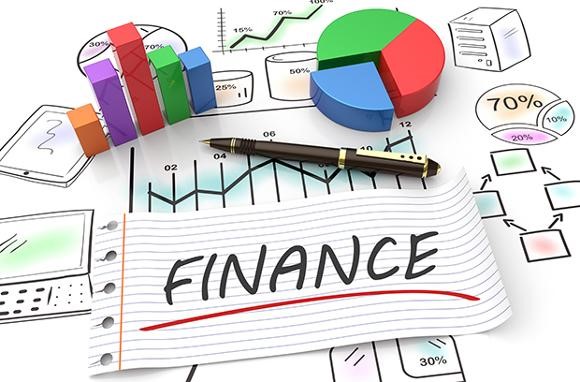The UK Finally Repays World War One Bonds
In 2014, countries are still paying off debt from World War One. The UK government has finally decided to pay off the last part of the nation’s First World War debt.
The Chancellor has announced redemption of bonds, some of which stretch back to the eighteenth century. As well as war bonds, some of the bonds have remained since the South Sea Bubble, some relate to the Napoleonic Wars, the Slavery Abolition Act and the Great Famine in Ireland.
The UK plan to repay the debt
On 1 February, 2015, The Treasury will repay £218m of debt from the £2 billion debt that was incurred during the war. The First World War One bond, known as a four per cent “Consolidated loan” was issued by Winston Churchill in 1927 as a way to refinance National War Bonds originating from the First World War. The consols are perpetual bonds, paid yearly with 4% interest of the face value.
Facing the huge financial strains of the Great Depression, chancellor Neville Chamberlain used patriotism again to convert some of the “4% Consols” into perpetual bonds, which gave the debtor the right to never pay back the principal, as long as the interest was paid, which Neville Chamerlain cut to 3.5%.
The government has been paying about £136 million a year to holders of the perpetuals and war loans. The government has estimated it has paid £1.26 billion in total interest since 1927. The bond has no maturity date, so the Treasury was not required to repay the principal as long as it made regular interest payments.
This announcement is the first repayment of an undated gilt of this sort by any Chancellor in 67 years. The Treasury plans to cut the annual cost of the debt by re- borrowing money at current market rates. Around £2 billion of First World War debt remains. The government is looking into the practicalities and value for money of repaying this debt in full. The government will pay just over 2 per cent to borrow for 10 years, based on current gilt yields. The continued existence of the war bond illustrates the lasting shadow cast by the World War One.
The Treasury takes a number of factors into account when it decides whether to redeem its stock of undated bonds. The Treasury is confident that it can deliver value for money to current and future tax payers by refinancing this borrowing now at lower rates than the 4% it currently pays.





















